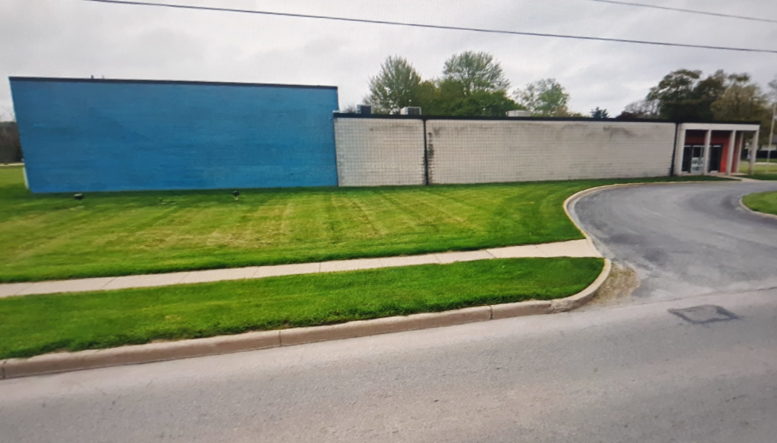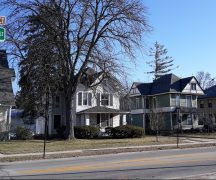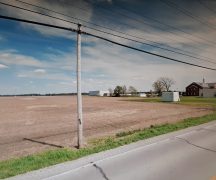By JAN LARSON McLAUGHLIN
BG Independent News
The site once occupied by the city’s newspaper has not attracted much interest as an industrial property. So the owners, Bob and Patricia Maurer, have requested that the 4.2 acres at 300 E. Poe Road be changed to B-2 general commercial zoning.
The Bowling Green Planning Commission voted unanimously Wednesday evening in favor of changing the zoning. The request will next go before City Council.
The Maurers explained in their zoning application that they would like to turn the property into a commercial rental space.
“We propose to divide the building into smaller areas and lease them,” the application states. “There are very few tenants that want or need a 20,000-plus-square-foot building.”
And there is little demand for heavy industrial uses at the site, the application stated.
“Demand is far greater for commercial zoning. The site is not big enough for most ‘industrial’ users.”
The former Sentinel-Tribune property is surrounded by residential to the west, an office building to the east, and the ODOT offices to the north.
The proposed B-2 General Commercial zoning would allow such uses as:
- Automotive retail sales or service
- Department or discount stores
- Motion picture theaters
- Animal clinics
- Bars, taverns, dance halls or bowling alleys
- Repair services
- Radio and TV broadcasting services
- Public transport offices and terminals
- Hotels, motels and tourist homes
- Manufacturing as long as it does not produce objectionable noise, smoke, odor or dust
- Lodge or private recreation club
Conditional uses permitted under B-2 zoning include:
- Gas or service stations
- Mortuaries
- Nursing homes, day care centers, rest homes
Bowling Green Planning Director Heather Sayler said the city planning staff recommended the zoning change, based on the city’s land use plan and Community Action Plan.
Commercial zoning would allow for some retail businesses to be linked with the nearby residential neighborhood, it would make use of an old building, and it would likely be a more attractive use than industrial, Sayler said.
Planning commission member Mark Remeis agreed.
“This is a better use for the neighborhood. A more positive change,” Remeis said.
Sayler predicted that the property could be the site of moderate density housing in the future, with nearby retail opportunities. But to do that, “they’d have to really scrap the site,” she said.





